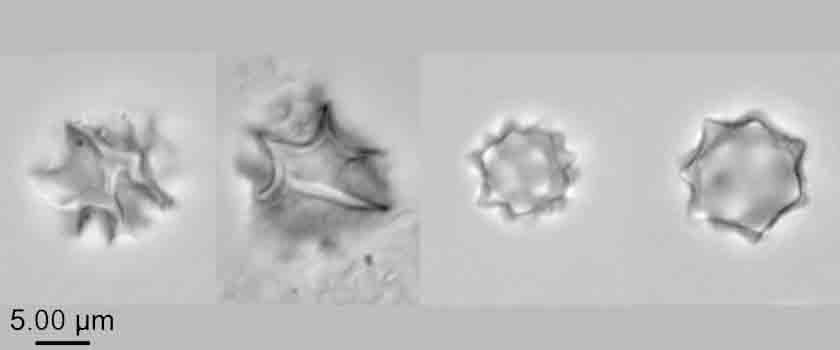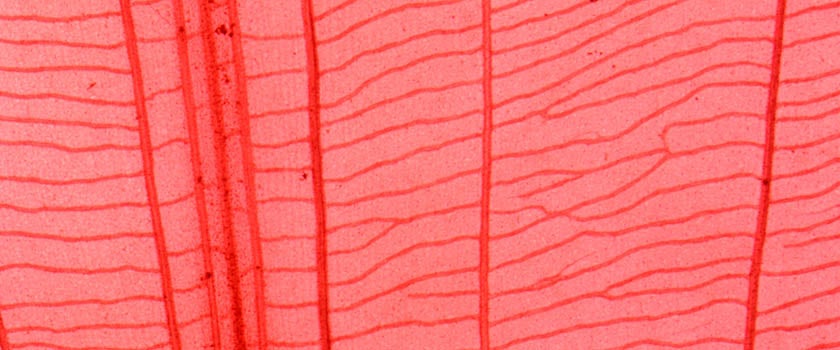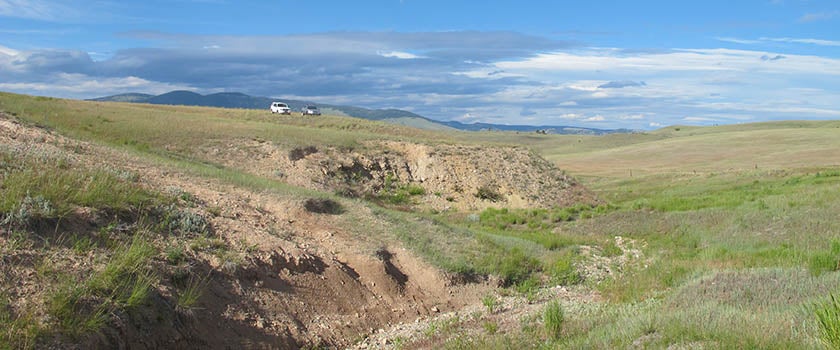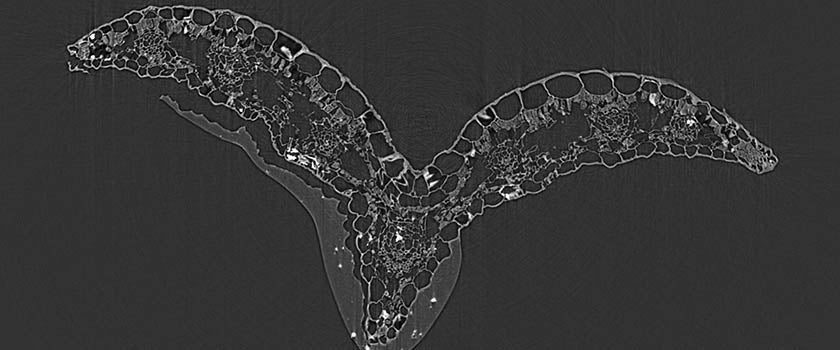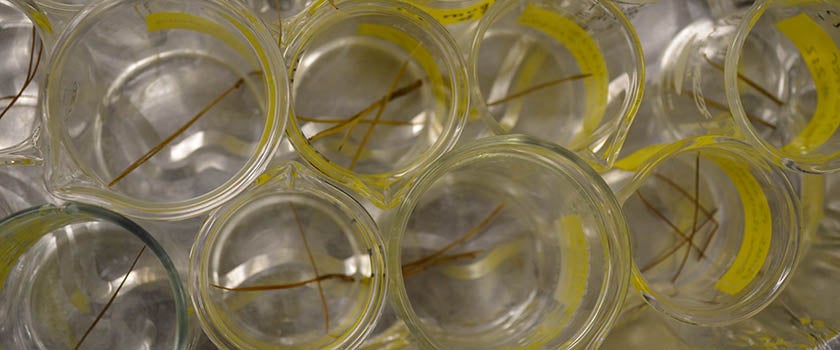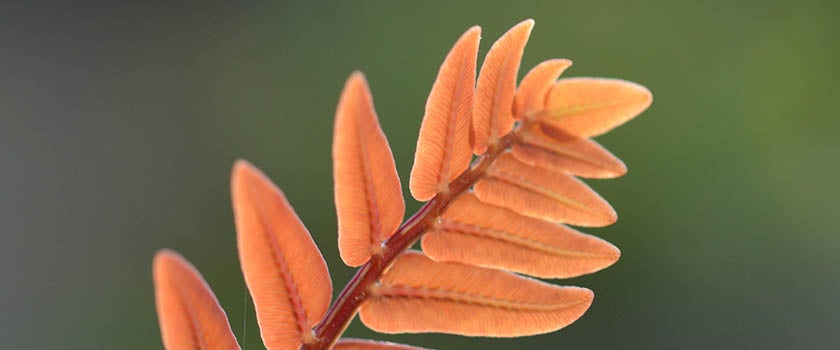Research interests
I am interested in using modern and fossil plants to understand evolution of plants and the environment. Groups of interest include conifers (pines, redwoods), ferns, and the monocots (the group of flowering plants comprising important taxa such as grasses, sedges, palms, orchids, lilies, gingers, and seagrasses). I use multiple techniques in my studies including phylogenetic analysis, palynology, phytoliths, anatomy, morphology, and more recently, 3D techniques such as synchrotron radiation X-ray tomographic microscopy to investigate modern and fossil specimens to place them in a broader systematic and environmental context.
Projects include:
- Systematics, evolution, anatomy and morphology of extant and extinct monocots (e.g., grasses, sedges, pondweeds, lilies, bananas, gingers, palms).
- 3D techniques for non-destructive visualization of fossil and modern plants and use in understanding taphonomy
- Understanding the role of plants in ancient environments
- Cretaceous and Paleogene permineralized plants: fungi, ferns, conifers, monocots.
- Evolution of Pinaceae and Filicales.
- DNA and morphological phylogenies combining fossil and extant taxa.
- Reconstruction of whole plant biology of fossil plants.
Some of my current research projects, and the students working on them, can be found here!
Systematics, evolution and anatomy of monocots
The monocots are an important group of flowering plants comprising ca. 25% of angiosperms. However, they have a relatively poor fossil record and more cryptic characters useful for identification of fossils. Study of monocot morphology and anatomy will provide characters useful for i) alpha-taxonomy, which then provides the basis for phylogenetic reconstructions, diversity estimates, paleogeography, and timing of evolution; ii) use for paleoenvironmental reconstructions.
3D visualization and taphonomy
From peels or using synchrotron radiation X-ray microtomography (SRXTM), 3D techniques offer insights into structure and affinities of fossils and also of modern plants. Permineralized fossils that are sectioned with the peel technique can be three-dimensionally reconstructed for better comparisons with modern material. SRXTM allows us to virtually dissect the scanned material, and is non-destructive on material that is rare, or difficult to section using traditional histological techniques. In collaboration with Margaret Collinson (Royal Holloway, University of London), Federica Marone and Marco Stampanoni (TOMCAT beamline, Swiss Light Source), and others.
Paleoenvironmental reconstruction and phytoliths
I am interested in Cretaceous and Paleogene paleoenvironments and what role plants played. In addition to identifying macrofossils, phytoliths provide another means of vegetation inference when macrofossils are absent. This biogenic silica is produced by many plants can be taxonomically distinctive and useful for i) additional line of evidence for affinities and ii) an important tool for paleovegetation reconstruction. In collaboration with Nathan Sheldon (University of Michigan) and Caroline Strömberg (University of Washington).



